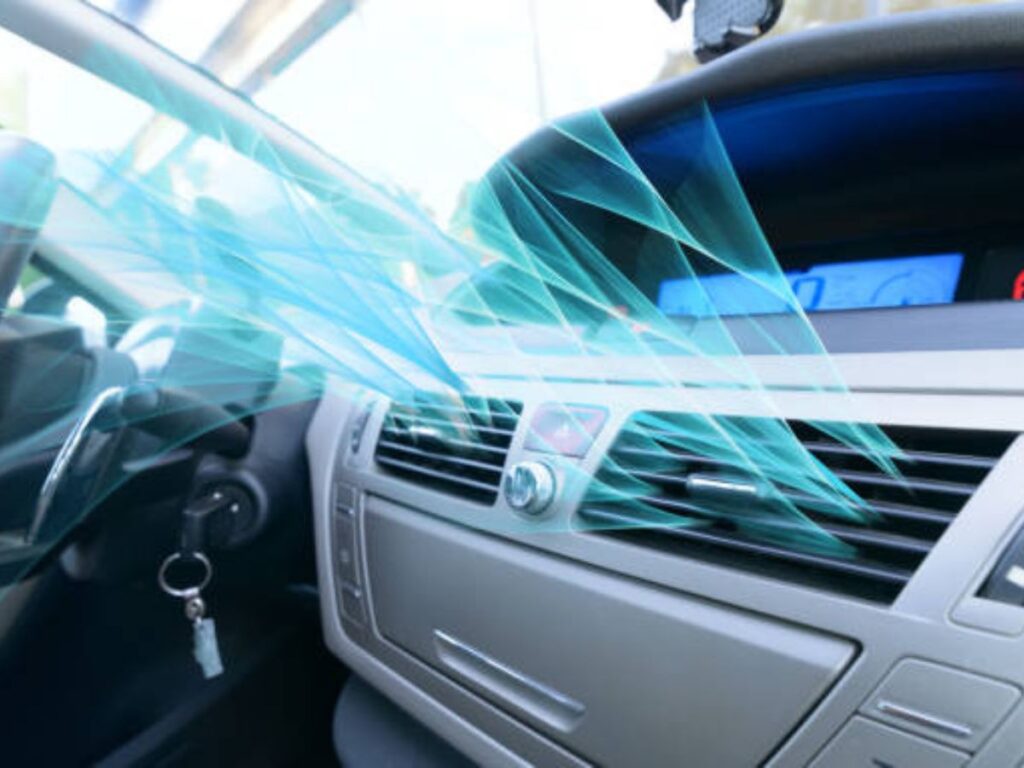Dynamic Link Media Server uses a portion of a computer’s memory to process and manage the media files being shared between the connected Adobe applications. The amount of memory it utilizes will depend on various factors such as the size and complexity of the media files, the number of applications connected, and the performance of the computer. It’s normal for the Dynamic Link Media Server to take up some memory, but if it’s causing performance issues or excessive memory usage, it may be necessary to adjust the memory allocation settings or restart the server.
Table of Contents
ToggleDynamicLinkMediaServer explained
Dynamic Link Media Server is a feature in Adobe Creative Cloud that allows seamless integration and smooth exchange of media files across multiple Adobe applications. It enables editing of shared, synchronized and up-to-date video, audio, and image files between Premiere Pro, After Effects, and other Adobe software in real-time, without the need for additional rendering or export.
Is it safe?
In general, Dynamic Link Media Server is considered a safe component of the Adobe Creative Cloud suite. It is a well-established and widely used feature, and there have been no widespread reports of security issues or vulnerabilities associated with it. However, as with any software, it’s important to keep your Creative Cloud applications and operating system up to date with the latest security patches to minimize the risk of security threats. Additionally, using a trusted antivirus and firewall software can provide additional protection for your computer.
How you can check whether you’re running the real or fake process
To determine if the Dynamic Link Media Server process running on your computer is genuine or fake, you can follow these steps:
- Open the Task Manager: Press Ctrl + Shift + Esc on Windows or use the Finder to open the Activity Monitor on Mac.
- Locate the Dynamic Link Media Server process: Look for a process named “Adobe Dynamic Link Media Server” or “Adobe CEF Helper”.
- Check the location of the process: Right-click on the process and select “Open file location”. The file should be located in the following directories:
- Windows: C:\Program Files (x86)\Common Files\Adobe\CEP\extensions
- Mac: /Library/Application Support/Adobe/CEP/extensions
- Verify the file signature: On Windows, right-click on the file and select “Properties”, then go to the “Digital Signatures” tab. On Mac, open Terminal and run the command “codesign -dvv /path/to/Adobe\ Dynamic\ Link\ Media\ Server”.
- The signature should be from “Adobe Systems, Incorporated”.
If the file location and signature match the expected values, it’s likely that the Dynamic Link Media Server process running on your computer is genuine. If the location or signature doesn’t match, it’s possible that the process is fake and may pose a security risk, so it’s recommended to close the process and remove the file immediately.
Note: Screenshots are not available in this text-based interface.
How to Fix This?
If you suspect that the Dynamic Link Media Server process running on your computer is fake, here are the detailed steps to remove it:
- Close the Dynamic Link Media Server process:
- Windows:
- Press Ctrl + Shift + Esc to open the Task Manager.
- Locate the “Adobe Dynamic Link Media Server” or “Adobe CEF Helper” process.
- Right-click on the process and select “End Task”.
- Mac:
- Open the Finder and go to the Applications > Utilities folder.
- Double-click on the Activity Monitor.
- Locate the “Adobe Dynamic Link Media Server” or “Adobe CEF Helper” process.
- Select the process and click the “x” button in the upper-left corner of the Activity Monitor window.
- Windows:
- Delete the Dynamic Link Media Server file:
- Windows:
- Go to the file location: C:\Program Files (x86)\Common Files\Adobe\CEP\extensions
- Right-click on the “Adobe Dynamic Link Media Server” file and select “Delete”.
- Confirm the deletion by clicking “Yes”.
- Mac:
- Open the Terminal and run the following command: rm -rf /Library/Application\ Support/Adobe/CEP/extensions/Adobe\ Dynamic\ Link\ Media\ Server
- Enter your password when prompted.
- Windows:
- Restart your computer: After deleting the file, restart your computer to ensure that the fake process is no longer running.
- Install the latest version of Adobe Creative Cloud:
- Log in to your Adobe account and go to the Creative Cloud Desktop app.
- Check for updates by clicking on the gear icon in the upper-right corner of the Creative Cloud Desktop app and selecting “Check for App Updates”.
- If there’s an update available, install it.
- Run a security scan:
- Install a trusted antivirus and malware scanning software.
- Perform a full system scan to check for any remaining security threats on your computer.
By following these steps, you should be able to remove the fake Dynamic Link Media Server process from your computer and keep it secure. If you continue to have issues, you can contact Adobe support for further assistance.
Frequently Asked Questions About DynamicLinkMediaServer (DLMS)
Here are some commonly asked questions about Dynamic Link Media Server (DLMS):
What is Dynamic Link Media Server?
Dynamic Link Media Server is a component of the Adobe Creative Cloud suite of applications that provides real-time media encoding and streaming capabilities for Adobe Premiere Pro, After Effects, and other Adobe applications.
Why does DLMS run on my computer?
DLMS runs on your computer when you’re using an Adobe application that requires it, such as Premiere Pro or After Effects. The purpose of DLMS is to facilitate the real-time transfer of media between Adobe applications.
Is DLMS safe?
Generally, DLMS is a safe component of the Adobe Creative Cloud suite of applications. However, there have been instances of fake DLMS processes that can be malicious and compromise your computer security.
How much memory does DLMS use?
The amount of memory used by DLMS can vary, but it typically uses a moderate amount of memory
How can I check if the DLMS process running on my computer is real or fake?
You can check the file location of the DLMS process to determine if it’s real or fake. The real DLMS process will be located in the C:\Program Files (x86)\Common Files\Adobe\CEP\extensions folder on Windows or the /Library/Application Support/Adobe/CEP/extensions folder on Mac.
How can I remove a fake DLMS process?
To remove a fake DLMS process, you can end the process using the Task Manager or Activity Monitor, delete the file from its file location, restart your computer, install the latest version of Adobe Creative Cloud, and run a security scan using antivirus and malware scanning software.



